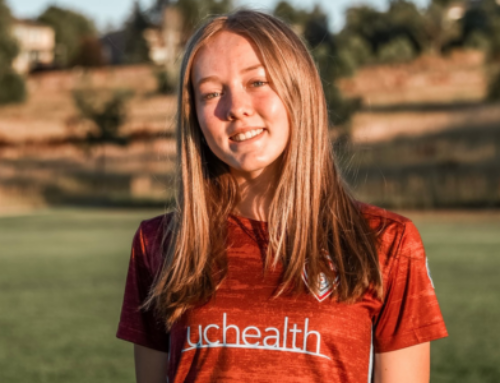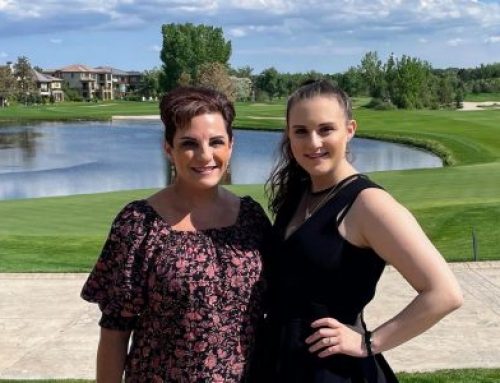When Billy (my son) called me, I couldn’t possibly have anticipated what the events of the next few days and weeks would be. He shared that Cade (my grandson) had the embarrassing experience of wetting his pants that day while he was at school. While having ‘an accident’ in kindergarten was not unusual for many children in that age group, it was very unusual for Cade.nnThe discussion that ensued involved all of the typical questions like, ‘do you think he may have a bladder infection?’ and included my reassurances that this was probably an isolated event. He went on to say that it had happened the day before as well, which obviously raised a red flag in my mind. As a former nurse, I suggested that the pediatrician be given a call if any future ‘accidents’ occurred.nnIt was Halloween, and I was going to accompany my grandchildren, Cade and his sister Kendall, on their trick-or-treating adventure that evening. Of all holidays, it just happened to be the day that sugar flows freely through the veins of children delighting in the treats they had so gleefully collected in their brightly decorated bags. It was supposed to be a night of fun and laughter. However, in spite of the fact that we didn’t travel far from home, yet another ‘accident’ happened.nnIt became clear that something was wrong. Because it was evening, the call to the pediatrician would have to wait until the next morning. But, the thoughts and fears of a significant medical issue became the topic of conversation after Cade had gone to bed. While continuing to reassure my son, I knew that this could be an indication of Juvenile Diabetes. That night I lived in my own denial. This simply could not be happening in my family!nnEarly the next morning Cade’s pediatrician was called. He was seen immediately, based on the report of his situation. Next, the call came from my son as he was reeling from the news that Cade’s blood sugar level was 586! He had been instructed to take Cade to the hospital immediately. It was one of those, ‘do not pass go, do not collect $200’ messages. I headed for the hospital. Upon entering Cade’s hospital room and seeing the IV dripping into his little arm, I struggled to find (much less speak) words of comfort. The shared shock, fear and disbelief were palpable as I crossed the hospital room to hug my grandson and reassure him that ‘everything will be okay.’ The words we choose to calm and comfort someone we love are interesting, especially when we really don’t believe them.nnThe journey that began for Cade that day was life-changing for all of us. His pediatrician advised that Cade be seen at the Barbara Davis Center in Denver, after he was stabilized. Phone calls, tears, appointments and uncertainty filled the next few weeks as we all were forced into a situation that would have a life-long impact on a 5 year old child. It seemed unfair and surreal. But it was real and we rallied. We came together as a family to support Cade and shore each other up. We listened to each other’s fears while we held each other through our tears.nnThe journey continued with reassurance and education for all of us from the Barbara Davis Center’s staff. They were amazing and nothing short of a godsend! As a family we learned about the medical facts as well as the psychological impact that Juvenile Diabetes delivers. The information didn’t just pertain to the ‘identified patient,’ it applied to all of us. Classes for family members were made available and they ended with question and answer sessions encouraging everyone to ask as many questions as they had. I began to believe that my initial words of reassurance to Cade at the time he was diagnosed were true: ‘everything will be okay.’nnAs he moved along, Cade’s challenges included getting used to countless needles. Checking blood sugar levels and then injecting the necessary insulin required a huge adjustment to the sharp, metal intrusions that were now a part of his life. It was a test for all of us. Soon after Cade was diagnosed, all of my efforts to present a compelling argument (to a 5 year old!), trying to convince him that needles didn’t hurt THAT much, were falling on deaf ears. My adult, persuasive attempt was a miserable failure! The next strategy included an offer for Cade to give me a shot before I gave him one. His initial reaction was one of surprise accompanied by doubt that he could give a shot / not just receive one! After filling a syringe with sterile water, Cade gave me a shot with one of his tiny needles. Fortunately, the needles are teeny, but Cade’s reaction wasn’t. He was ecstatic! For him, the playing field was evened out and his resistance to the sharp intrusions delivered to his body was diminished. By the way, the ritual of ‘you give me a shot and I’ll give you one,’ continued for an extended period of time. I’ll treasure those memories forever!nnCade just celebrated his 15th birthday. He now has a pump to deliver his insulin, which he prefers to ‘all of those needles.’ Of course he still faces challenges, but is shining in his academic and athletic pursuits. As a family as well as individually, we have stretched and grown. Dealing with Juvenile Diabetes in the family gave new meaning to the cliché of: “When life gives you lemons, make lemonade.” While my hope and prayer is that no child would ever have to deal with Juvenile Diabetes, I know what the reality is. However, now that Juvenile Diabetes is a very real part of my grandson’s life, I see his courage and determination to not just survive, but thrive as an inspiration for everyone whose life he touches! And, I am grateful…





